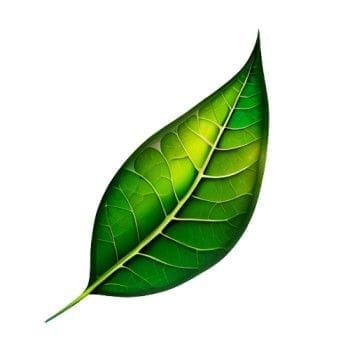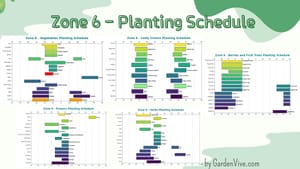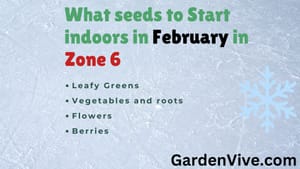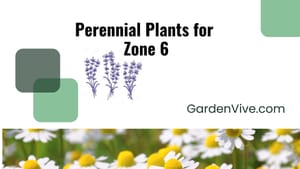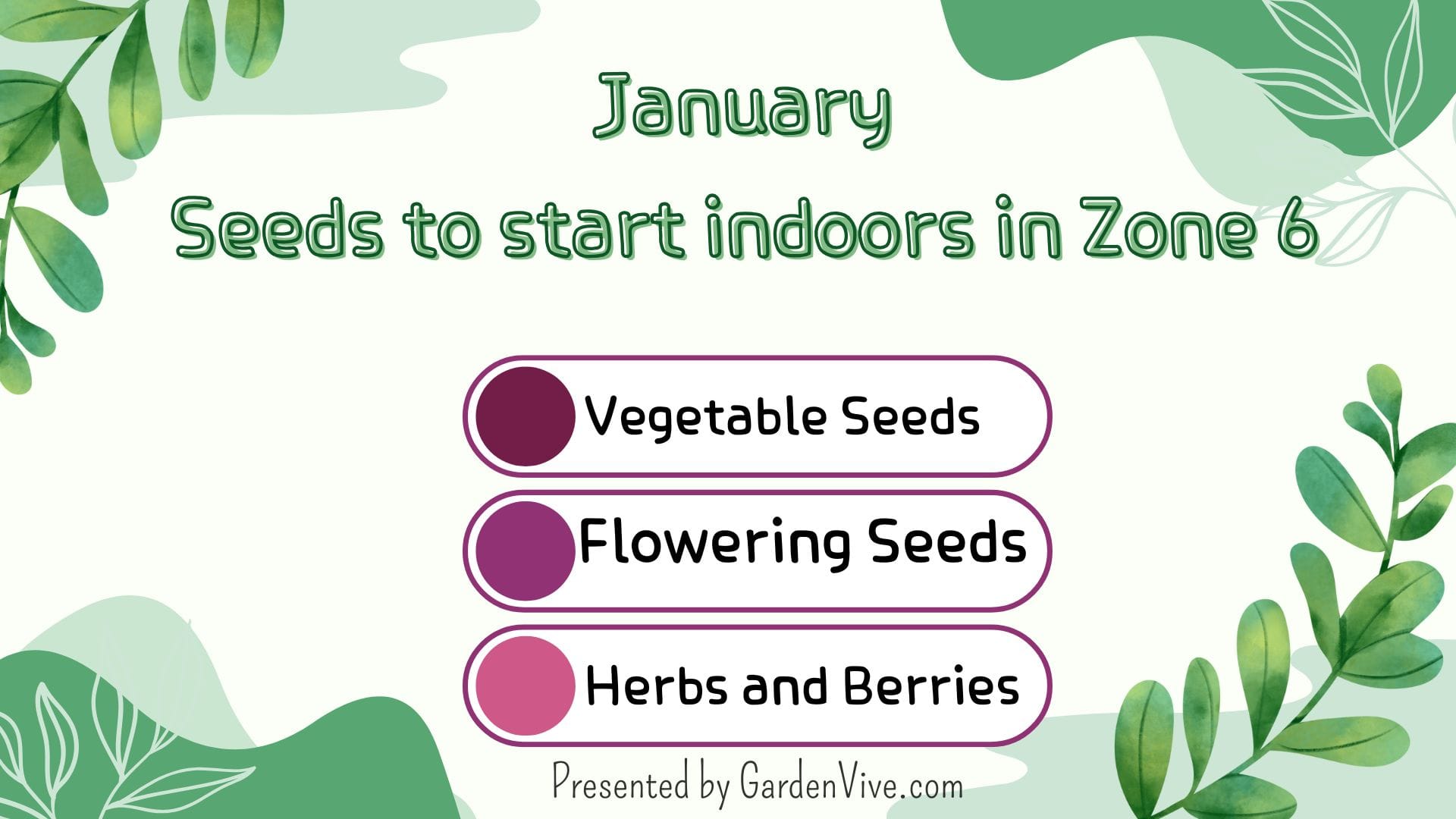
In January, Zone 6 gardeners need to accept the fact, that we have limited options available for starting seeds. In gardening trying new experiments can be beneficial sometimes and these little experiments can make you master planting the right plant at the right time.
I have created charts on what to plant in January in Zone 6.
Starting seeds indoors in January makes sense for the following categories:
- Slow-growing perennials (For example lavender, rosemary): They will grow strong enough to transplant by spring.
- Cold-Tolerant Vegetables for Early Harvests: Crops like onions, leeks, and celery needs a long growing season. So it will be a wise decision if you start the seeds in January.
If you are growing under grow lights or in a greenhouse, you can go for hardy greeny leafy and they will have extended growing season.
Note: January is too early for most of the seeds due to limited daylight and overgrowth (can cause root bound if planted too early).
I have considered all the factors and based on those, I have added the plants you can actually plant in January.
I have noticed a lot of gardeners are not sure about the optimal germination temperature. Added that column too in my charts.
Vegetable seeds we can start indoors in January in Zone 6
Usually in my charts, I include the planting method. But this time I am not gonna use that.
Consider all of these to be started indoors from seeds.
Scroll the table side-wise on small screens or mobile devices to see the transplanting time, variety recommendations and harvesting season.
| Plant Name | Days to Germinate | Optimal Germination Temperature | Transplanting Time | Variety Recommendations | Harvesting Season |
|---|---|---|---|---|---|
| Onion | 7–10 days | 68–77°F (20–25°C) | Late March to early April | Yellow Sweet Spanish, Walla Walla | Mid to late summer |
| Leek | 7–12 days | 70–75°F (21–24°C) | Late March to early April | King Richard, American Flag | Late summer to early fall |
| Celery | 14–21 days | 70–75°F (21–24°C) | Late April to early May | Tango, Utah 52-70R | Mid to late summer |
| Parsley | 14–21 days | 70°F (21°C) | Late March to early April | Italian Flat Leaf, Curly Moss | Late spring to summer |
| Artichoke | 10–14 days | 70–75°F (21–24°C) | Mid to late April | Green Globe, Imperial Star | Late summer to early fall |
| Broccoli | 5–10 days | 65–70°F (18–21°C) | Late March to early April | Calabrese, Green Magic | Late spring to early summer |
| Cauliflower | 5–10 days | 65–70°F (18–21°C) | Late March to early April | Snowball Y, Amazing | Late spring to early summer |
| Brussels Sprouts | 5–8 days | 65–75°F (18–24°C) | Late March to early April | Long Island Improved, Dagan | Early fall to late fall |
| Eggplant | 7–14 days | 75–85°F (24–29°C) | Early to mid-May | Black Beauty, Rosa Bianca | Mid to late summer |
| Kale | 5–8 days | 65–75°F (18–24°C) | Late March to early April | Red Russian, Lacinato | Late spring to early summer |
| Peppers (Sweet and Hot) | 7–14 days | 75–85°F (24–29°C) | Late April to early May | California Wonder (Sweet), Jalapeño (Hot) | Mid to late summer |
The easiest among these would be: onion, leek, celery, parsley, artichoke, and broccoli.
Flower seeds to start in January
| Plant Name | Days to Germinate | Optimal Germination Temperature | Transplanting Time | Blooming Season |
|---|---|---|---|---|
| Petunia | 7–14 days | 70–75°F (21–24°C) | Late March to early April | Summer to fall |
| Marigold | 5–7 days | 70–75°F (21–24°C) | Late March to early April | Summer to fall |
| Snapdragon | 10–14 days | 65–70°F (18–21°C) | Late March to early April | Spring to early summer |
| Zinnia | 5–10 days | 70–75°F (21–24°C) | Late April to early May | Summer to fall |
| Begonia | 10–14 days | 70–75°F (21–24°C) | Late March to early April | Late spring to summer |
| Lavender | 14–28 days | 65–70°F (18–21°C) | Late March to early April | Late spring to summer |
| Morning Glory | 5–7 days | 70–85°F (21–29°C) | Late March to early April | Summer to fall |
| Cosmos | 7–14 days | 70–75°F (21–24°C) | Late April to early May | Summer to fall |
| Ageratum | 7–14 days | 70–75°F (21–24°C) | Late March to early April | Summer to fall |
| Dusty Miller | 10–14 days | 65–70°F (18–21°C) | Mid to late March | Late spring to summer |
Herbs and berries
| Plant Name | Days to Germinate | Optimal Germination Temperature | Transplanting Time | Harvesting Season | Variety Suggestions |
|---|---|---|---|---|---|
| Basil | 7–14 days | 70–75°F (21–24°C) | Late March to early April | Summer to fall | Genovese, Thai, Lemon |
| Thyme | 7–14 days | 65–70°F (18–21°C) | Late March to early April | Summer | English, Lemon, Creeping |
| Oregano | 7–14 days | 65–70°F (18–21°C) | Late March to early April | Late summer to fall | Greek, Italian, Compact |
| Chives | 7–14 days | 65–70°F (18–21°C) | Late March to early April | Late spring to summer | Common, Garlic, Siberian |
| Mint | 10–14 days | 65–70°F (18–21°C) | Late March to early April | Summer to fall | Peppermint, Spearmint, Chocolate |
| Parsley | 14–21 days | 65–70°F (18–21°C) | Late March to early April | Late spring to summer | Curly, Flat-leaf, Hamburg |
| Sage | 10–14 days | 65–70°F (18–21°C) | Late March to early April | Late summer to fall | Berggarten, Golden, Purple |
| Strawberry (Bare Root) | 14–21 days | 60–70°F (16–21°C) | Mid-April to early May | Late spring to early summer | Albion, Chandler, Seascape |
| Raspberry (Bare Root) | 14–21 days | 60–70°F (16–21°C) | Late April to early May | Summer to fall | Heritage, Autumn Bliss, Latham |
| Blueberry (Bare Root) | 21–28 days | 60–70°F (16–21°C) | Late April to early May | Summer | Duke, Bluecrop, Legacy |
If you are not sure what I mean by Optimal Germination Temperature, it is the ideal temperature for seed germination.
Harvesting time and blooming time may not be the same for all the variants. It may differ sometimes slightly.
Tips for my regular readers: ( I love writing this part):
As January is really cold, my today's tips would be on grow lights.
For seedlings, it's best to use Fluorescent Lights ( I know these are a bit cost-effective). You can go for T5.
Maintain the distance I am mentioning below:
LED lights: 12–24 inches above seedlings.
Fluorescent lights: 2–4 inches above seedlings.
Incandescent lights: Keep at least 24 inches away, as they emit a lot of heat. ( Can damage your seedlings)
If you find these charts helpful, consider subscribing to this site. This is what makes me smile and motivates me to bring more gardening tips for you.
